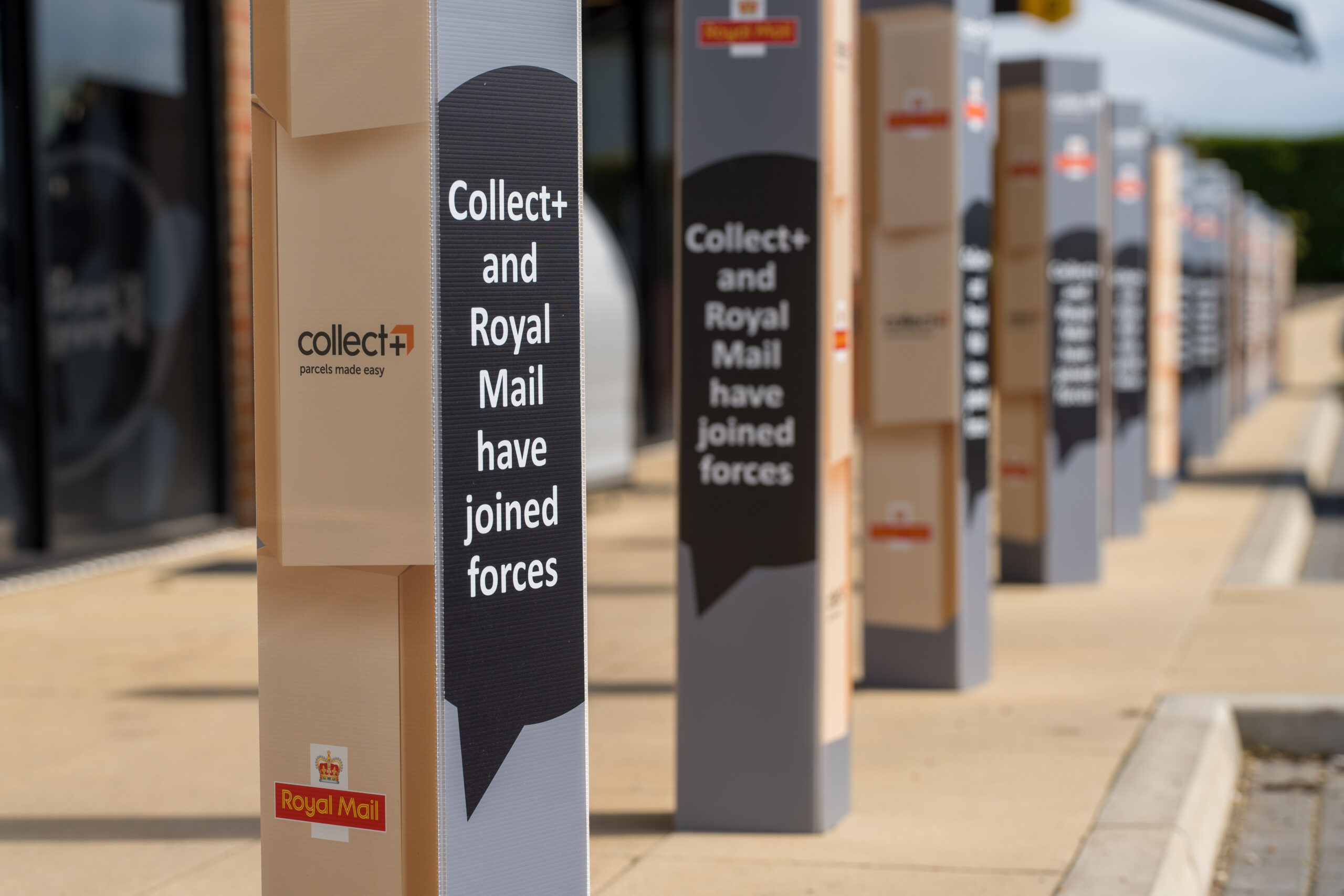Ever since the first online sale, there has always been the view that certain products simply can’t be sold via ecommerce, either because customers need to touch them, or see them in context, in order to make up their minds.
Today, new technologies are making it possible for online shoppers to realistically ‘visualise’ products – from lipstick, through to big ticket items such as furniture.
In our white paper sponsored by Marxent, we explore how 3D visualisation solutions are helping retailers bring online products to life for their customers and most importantly, creating a seamless journey from inspiration to transaction.
Digital Editor, Scarlette Isaac, looks at three key benefits of digital 3D visualisation.
Allowing the customer to self serve
Whether they’re used instore or online, 3D visualisation tools can help salespeople interact with their customers better, increasing the likelihood of closing a sale while also driving up average order values.
Such tools can also be used by customers to better self-serve, either completely or at the start of their design process. At Kingfisher, Groves says they’re already seeing this in their customers’ unassisted use of the tools. This is likely to be a continuing trend as consumers become better used to finalising such purchase decisions themselves rather than being hand-held through the process.
Improving the customer experience
Beck Besecker, chief executive officer and co-founder at Marxent says that 3D tools such as room planners add a fun factor to the shopping experience – a gamification – that customers appreciate. “There are no points or scores,” he says, “but designing in 3D has the lighthearted fun of a video game that accelerates an otherwise onerous process.”
3D visualisation tools also help customers understand how products will look within their homes, rather than instore or online.
Robert Hopps, senior director of furniture operations adds: “While store displays are helpful to feel and trial physical products, those displays are different than an individual customers home. With virtual tools, customers can rearrange furniture and change out products in seconds which really helps them see what will actually work.”
Reducing returns, creating the ‘wow’ factor and driving up AOV
The experience of 3D visualisation tools offers a ‘wow’ factor that not only ensures the customer completes their purchase but also means they become advocates of the brand even as they spend far more than they had planned. Ensuring they have chosen the right product also reduces the likelihood of returns.
Marcus Muktarsingh, group head of proposition, kitchens, Kingfisher says: “The customer reaction has been incredibly positive with customers spending, on average, seven times longer on our kitchen visualiser than they normally would on the website”.
To find out more about how 3D technology is transforming the world of online retail, download the full white paper here.







